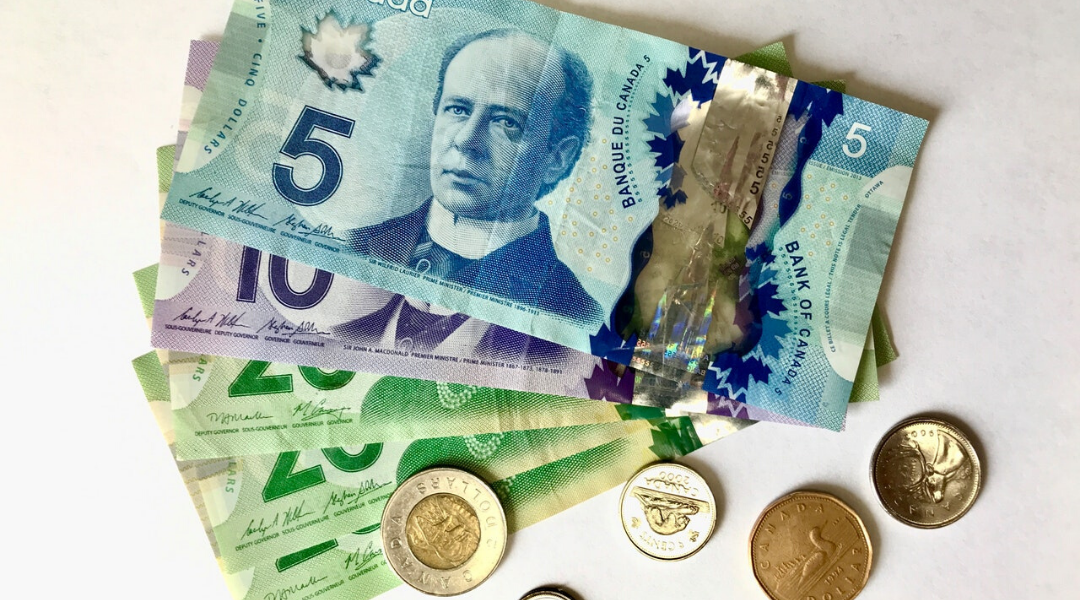
Alberta government debt grew by more than 200%—largest increase among provinces
CALGARY—Since 2007/2008, one year before the last recession, Alberta’s nominal provincial debt has increased by 204.5 per cent, the largest increase among the provinces, finds a new study released today by the Fraser Institute, an independent, non-partisan Canadian public policy think-tank.
“The Alberta government’s chronic deficits over more than a decade have built a mountain of debt,” said Jake Fuss, economist at the Fraser Institute and co-author of The Growing Debt Burden for Canadians.
The study finds that over the same time period (2007/2008 to 2019/2020), Alberta’s government debt as a share of the provincial economy went from -13.4 per cent (the province had more assets than debt) to 10.6 per cent, a swing of 24.0 percentage points—by far the largest increase among the provinces.
And Alberta’s provincial per-person debt grew by 184.0 per cent—also the largest increase among the provinces by a wide margin.
Consequently, Alberta has changed from the only province in a net financial asset position in 2007/08—meaning it had more assets than debt—to the province with the fastest-growing provincial debt burden.
“Because Alberta has consistently increased government spending, while failing to balance its books regardless of how the economy is performing, the debt has ballooned,” Fuss said.

Summary
- Budget deficits and increasing debt have become serious fiscal challenges facing the federal and many provincial governments today. Since 2007/08, combined federal and provincial nominal net debt has grown from $837.0 billion to a projected $1.5 trillion in 2019/20.
- In 2019/20, combined federal and provincial net debt is expected to equal 64.3% of the Canadian economy or $39,483 for every Canadian.
- Among the provinces, Ontario has the highest combined federal-provincial debt-to-GDP ratio (75.4%), while Saskatchewan has the lowest (44.3%). Newfoundland & Labrador has the highest combined debt per person ($48,478), closely followed by Ontario ($45,891). In contrast, Prince Edward Island has the lowest debt per person in the country with $28,394.
- Interest payments are a major consequence of debt accumulation. Governments must make interest payments on their debt similar to households that must pay interest on borrowing related to mortgages, vehicles, or credit card spending. Revenues directed towards interest payments mean that there is less money available for tax cuts or government programs such as health care, education, and social services.
The Fraser Institute is an independent Canadian public policy research and educational
organization with offices in Vancouver, Calgary, Toronto, and Montreal and ties to a global
network of think-tanks in 87 countries. Its mission is to improve the quality of life for Canadians,
their families and future generations by studying, measuring and broadly communicating the
effects of government policies, entrepreneurship and choice on their well-being. To protect the
Institute’s independence, it does not accept grants from governments or contracts for research.
Visit www.fraserinstitute.org


